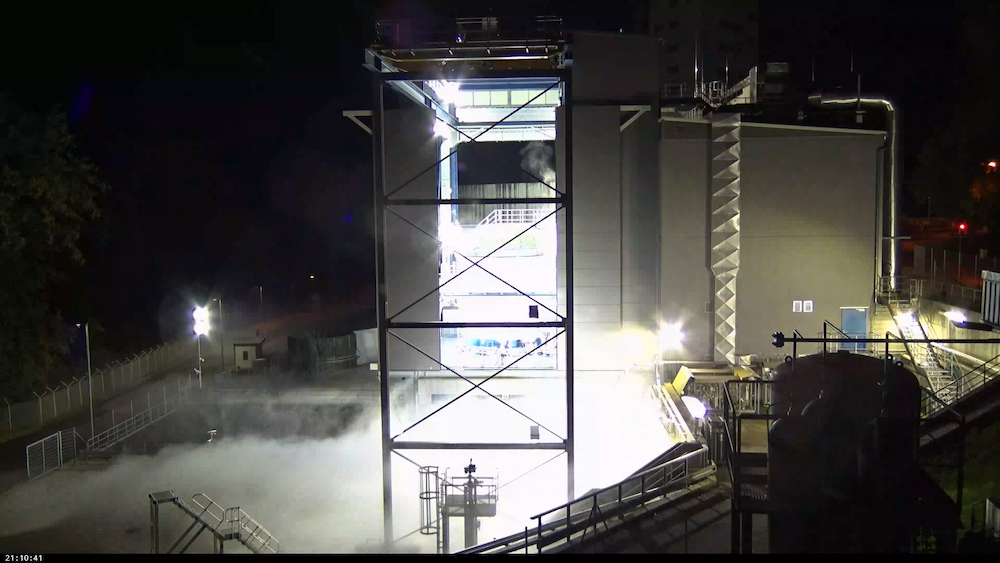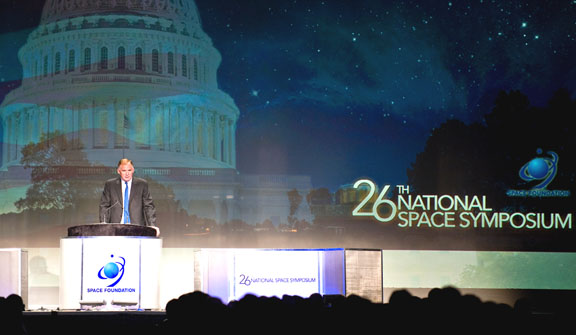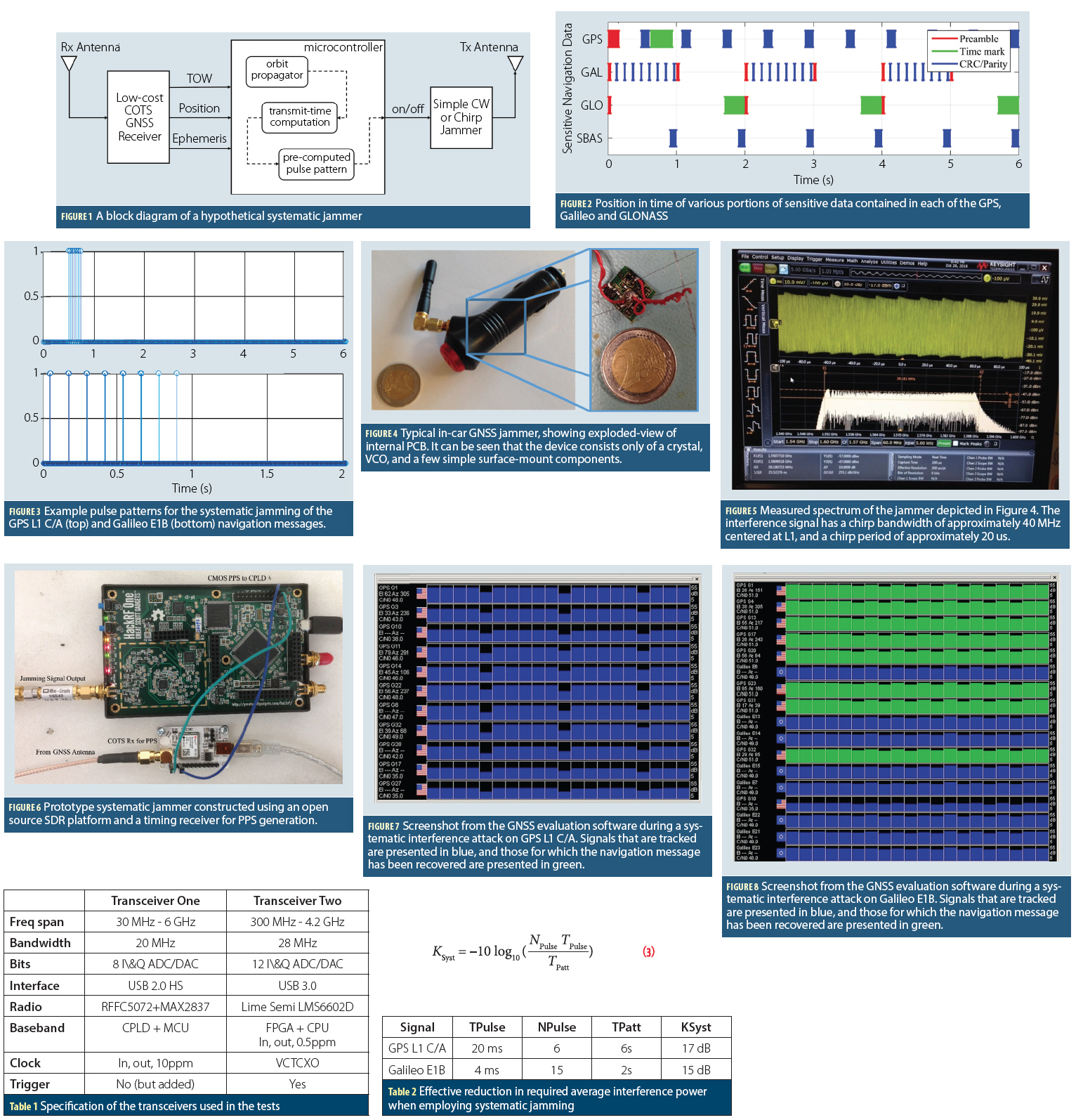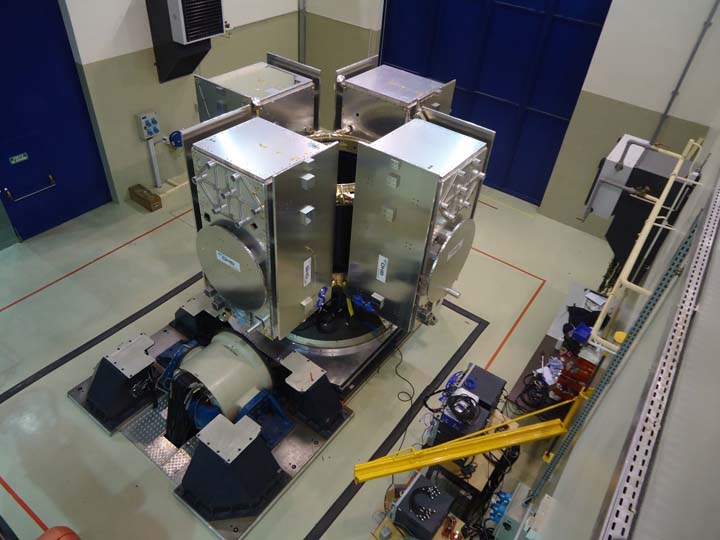ESA’s Ariane 6 launch vehicle, on which the deployment of the EU’s Galileo GNSS satellite constellation now depends, has taken another step towards first flight. A fresh series of hot fire tests of the rocket’s upper stage and all-new Vinci engine is now underway at Germany’s DLR center for engine and stage testing in Lampoldshausen.
The tests, which began on 5 October 2022 within the specially-built P5.2 test bench, are a significant step forward for the flagship program. The test bench subjects the entire upper stage to all of the conditions under which it will operate during a real flight from Europe’s Spaceport in French Guiana, with the exception of vacuum and microgravity.
Earlier in 2022, Francisco-Javier Benedicto Ruiz, Director of Navigation of the European Space Agency (ESA), told Inside GNSS that the political fallout in the wake of Russia’s invasion of Ukraine has put the deployment of the Galileo constellation on hold, at least until Ariane 6 becomes operational. ESA follows the political directives of its members states, generally aligning itself with European Union policy.
The Russians, with their Soyuz rockets, have for many years provided reliable and affordable launch services from the European Spaceport, in support of a number of key ESA programs. In addition to the Galileo Program, these have included programs in the field of human and robotic exploration, like the Exobiology on Mars (EXOMARS) mission.
The Russia-EU schism resulted in the Galileo launch scheduled for April 2022 being cancelled and there is now a backlog of ten first-generation Galileo satellites completed and ready for lift-off. Ariane 6 is tentatively scheduled to launch for the first time in 2023, and Benedicto said ESA expects Galileo to be among its first passengers.
Powerful new capabilities
Vinci, the Ariane 6 upper stage engine, fed by liquid hydrogen and oxygen, can be stopped and restarted multiple times – a critical capability for the complex missions being undertaken by today’s launch customers. Such missions will entail, for example, the placing of several satellites into different orbits, while de-orbiting upper stages to leave an absolute minimum of hazardous debris in space. In addition to restart capabilities and endurance in space, Vinci has been designed for reliability, simplicity and lower costs, to challenge the kind of economically competitive services offered by Russian and other new commercial launchers.
In a recent communication, ESA said the DLR Lampoldshausen tests represent a critical milestone on a path that will see Ariane 6 replacing Ariane 5 as ESA’s heavy launcher. For more than a quarter century, Ariane 5 has been a familiar and reliable workhorse. Notable missions include the 2021 flight that carried the NASA/ESA/CSA James Webb Space Telescope to its operational site in deep space. Ariane 6, said ESA, will be an even more versatile vehicle, in line with Europe’s aim to strengthen its autonomy in accessing space. We add that it is also a vitally needed asset for the Galileo Program, which is now waiting patiently for a ride.
Above image: Ariane 6 Vinci engine testing at DLR Lampoldshausen; Image courtesy of ESA






